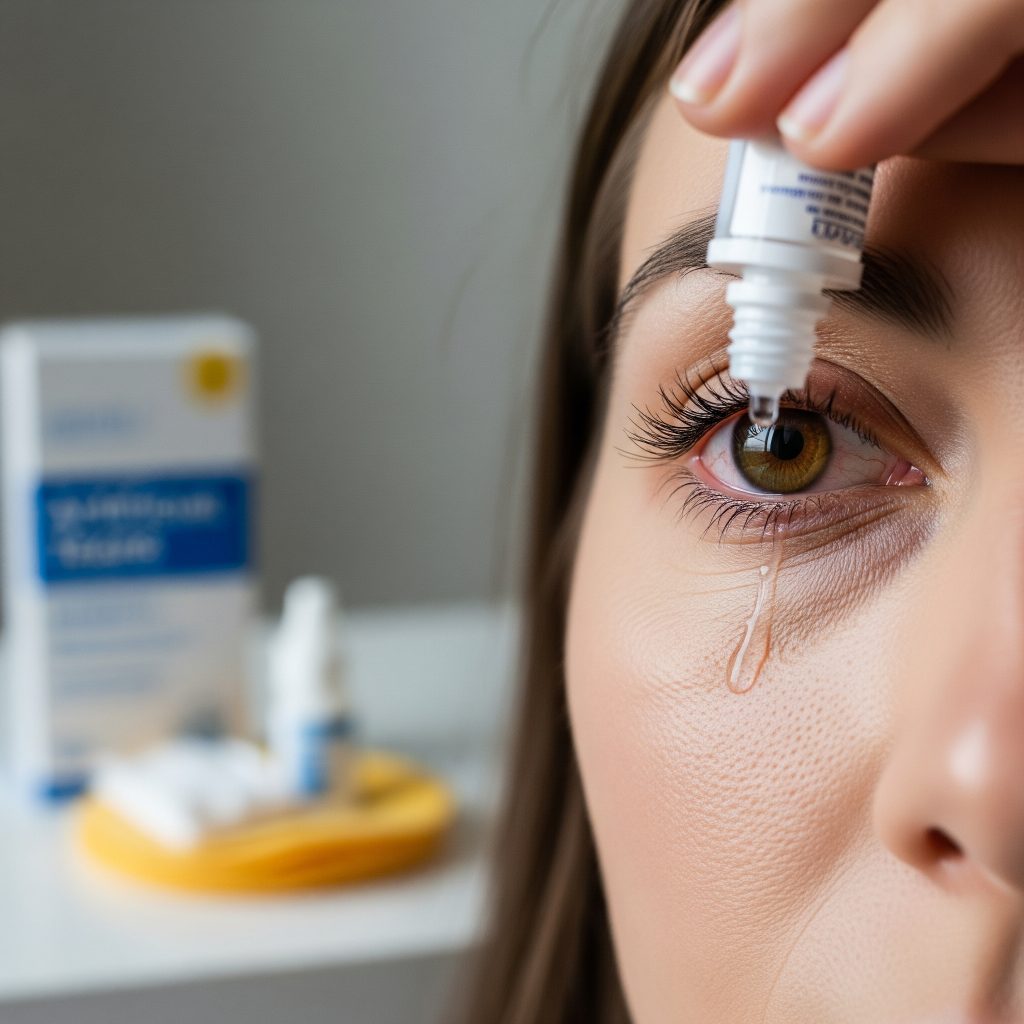
Dry eye syndrome occurs when tears are insufficient or unstable, leading to eye irritation, redness, blurry vision, or light sensitivity. While common—especially among older adults, contact lens users, and those spending long hours on screens—it shouldn’t be overlooked. The sooner you identify changes, the better you can manage symptoms and protect your vision.
Simple environmental changes can make a big difference. Avoid direct air blowing from fans, heaters, or air vents. Using a humidifier helps combat dry indoor air, and wearing wraparound or UV-blocking sunglasses protects against wind and dry conditions. Position your screen slightly below eye level to reduce tear evaporation.
When working at a computer, tablet, or phone, remember to blink frequently and take regular breaks. The 20-20-20 rule—every 20 minutes, look 20 feet away for at least 20 seconds—helps relieve eye strain and keep your tear film balanced. These habits support your natural lubrication process and reduce discomfort.
Daily warm compresses and gentle eyelid cleansing help clear clogged oil glands, restoring a healthier tear film. Regular use of preservative-free artificial tears or lubricating eye drops can ease mild symptoms. For persistent cases, other options—like lipid-based preparations, tear inserts, or unblocking tear ducts—may be beneficial.
If standard remedies fall short, your eye care provider may recommend advanced procedures. These can include specialized contact lenses like scleral lenses, intense pulsed light therapy, or amniotic membrane grafts. In select cases, prescription medications or punctal plugs may be advised to help retain moisture and reduce evaporation.
Beyond treatments, lifestyle adjustments improve long-term comfort. Stay hydrated, avoid rubbing your eyes, improve nutrition, and quit smoking. If your dry eye is related to contact lens use or medications, discuss alternatives with your provider. Regular check-ups help monitor progress and adapt care as needed.